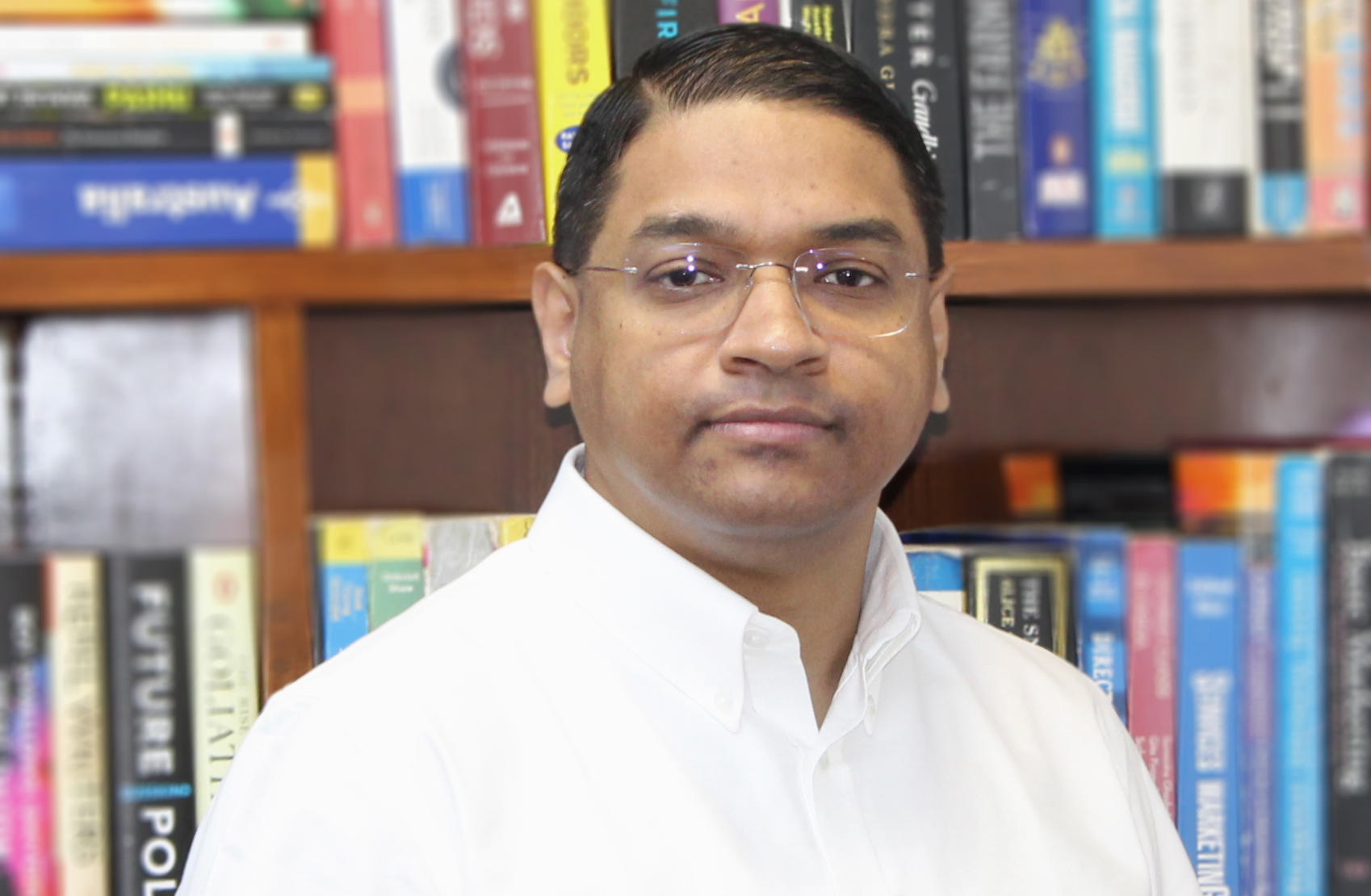
Integrating School and Out-of-School Time Toward Equity
Integrating School and Out-of-School Time Toward Equity
To advance equitable social-emotional learning, schools would benefit from increased collaboration with out-of-school program providers.
By Tricia Maas & Jordan Posamentier Sep. 13, 2021
(Photo by iStock/SDI Productions)
In the wake of the COVID-19 pandemic and a national reckoning with racial injustice in the United States, many educators have called for an increased focus on non-academic, social-emotional learning (SEL) and equity advancement in schools. In turn, these calls have raised questions about the extent to which SEL promotes equity in schools and society, particularly in terms of equalizing positive outcomes across racial subgroups.
Theoretically, it does. The Collaborative for Academic, Social, and Emotional Learning (CASEL) defines SEL as the process by which people acquire the skills, knowledge, and attitudes to “develop healthy identities, manage emotions and achieve personal and collective goals, feel and show empathy for others, establish and maintain supportive relationships, and make responsible decisions.” Educators often conceptualize SEL using the CASEL framework, which presents five core SEL competencies: self-awareness, self-management, social awareness, relationship skills, and responsible decision-making. Programs supporting SEL have demonstrated positive impacts on social skills, attitudes, behaviors, and academic performance. And when consistently used, these skills also have the potential to break down biases and prejudices.
But what of SEL in practice?
Overcoming Political Partisanship
As SEL and equity have grown as points of focus, both have become more politicized. Some SEL critics—typically those from the political Left—have argued that current SEL concepts, research base, and curricula risk reinforcing existing inequities, serving as another form of in-school policing, further dehumanizing marginalized students, and preferencing dominant culture. They, along with SEL scholars working to advance equity through SEL, have called for those using and promoting SEL to take a more holistic approach, less focused on individual and measurable skills, and more focused on developing relationships, positive youth identities, strong communities, and youth empowerment.
Other SEL critics—typically those from the political Right—argue that SEL overemphasizes “pillowy” things like self-esteem and happiness, instead of “harder” things like character, virtue, and self-discipline. The Right’s opposition to SEL has increased further with recent pushback on some approaches to equity work in schools. Specifically, some groups are pulling SEL into controversy associated with Right-led, state-level bans on so-called critical race theory, imperiling both equity advancement strategies and SEL. With antagonism from both sides of the aisle, sustaining SEL efforts in the United States—much less equity-minded SEL efforts—is no sure bet.
Still, there are reasons for optimism. For decades, out-of-school time (OST) education has widely used positive youth development principles, which include focusing on youths’ strengths; elevating their voices; helping them gain a sense of strong self-worth and control over their life; and supporting their involvement, sense of belonging, and collaboration in their communities. Scholars, educators, and field leaders focused on equitable SEL similarly emphasize the importance of establishing and nurturing positive relationships with youth, taking an asset-based approach, elevating youth voice, and empowering youth to make positive change, especially in the face of societal injustice. They describe positive youth development principles as part and parcel of equitable SEL, although they rarely use that language.
In contrast to schools and SEL, OST settings and positive youth development approaches have been spared the noxious politics, ever-shifting reform agendas, long sets of academic standards to cover, and narrow sets of outcomes attached to controversial high stakes. Deeply conservative and deeply liberal communities alike trust OST providers; 4-H, YMCA, Boys & Girls Clubs, Big Brothers Big Sisters, and myriad local camps and athletic leagues have garnered respect in communities of all politics across the United States. Several large districts have recently collaborated with local OST colleagues to infuse positive youth development approaches into their schools. Because OST is less politicized, approaches widely used in OST settings might satisfy both the Left and the Right, and their adoption in schools might effectively advance equitable SEL. Accordingly, K-12 education leaders committed to bringing equitable SEL to their communities would do well to: 1) refocus their primary goals on positive youth development principles, and 2) partner with OSTproviders who already put these goals and corresponding principles into practice.
Schools and OST providers have too often operated independently, serving the same youth but rarely communicating or coordinating approaches. Despite increased political partisanship, we are optimistic about bridging OST and school-based approaches to foster and sustain holistic, equitable SEL.
Why We Don’t See Equitable SEL in Most Schools
Given that OST has long supported positive youth development principles and that calls for like approaches exist in school settings, why have these efforts so often been peripheral to schools’ core work? One likely reason is that positive youth development principles’ focus on supportive environments and relationships above all else strays from how school districts often create policy. Education leaders have often looked to evidence-based interventions that are relatively easy to implement and don’t hinge (at least not obviously) on such delicate human contingencies. Relationship-dependent principles don’t fit the bill.
Positive youth development approaches are also philosophically oppositional to district zero-tolerance policies, which require that schools respond to nonviolent behaviors, like vandalism and defiance, with non-restorative measures like suspension or expulsion, creating formal policy barriers to their use. But even outside of zero-tolerance policies, schools and districts face substantial cultural hurdles to effectively supporting positive youth development. Many teachers are acculturated to traditional, punitive, disciplinary practices rather than a collaborative, restorative process of responding to student behavior. They need ongoing training and support to shift their practice; changes in mindsets and approaches require time, effort, and patience to adjust. Thus, while school leaders report that they are increasingly implementing SEL in some form, most are far from using positive youth development approaches.
How Schools and OST Providers Can Collaborate
Despite these implementation challenges, it’s clear that positive youth development principles and SEL are overlapping and complimentary fields. And the additive power of positive youth development principles and SEL is not just theoretical. Some districts have already begun the work of bridging school-based and OST approaches to social-emotional youth development. Districts participating in CASEL’s Collaborating District Initiative, for example, have acted on SEL systemically, addressing school climate and culture, community partnership, and the need for ongoing adult support and continuous improvement. These districts have built SEL into their strategic plans and integrated it into other priorities like academics, equity, hiring, and adult learning—efforts all born of research demonstrating SEL and positive youth development symbiosis.
Consider three additional examples.
- Denver Public Schools and their partners in OST developed and adopted a shared monitoring tool to provide educators with formative feedback that supports positive learning environments. The partners have also collaborated to engage in cycles of data collection, reflection, and continuous improvement.
- In Tulsa, school and OST leaders regularly share insights and best practices to support youths’ academic and personal growth, in part by using a shared SEL playbook applicable to both in and out-of-school settings. Examples of best practices include starting with a welcoming activity, routine, or ritual, and ending with an optimistic closure.
- The School District of Palm Beach County and a local OST provider, Prime Time Palm Beach County, engaged in a long-term collaboration. They made sure their SEL curricula complemented and reinforced one another, worked together on making safe and welcoming settings where young people could feel like they belonged and offered professional learning opportunities both for school and OST adults.
Notably, these communities are, respectively, highly liberal within a moderately liberal state (Denver, Colorado), highly conservative in a highly conservative state (Tulsa, Oklahoma), and moderately liberal in an increasingly conservative state (Palm Beach, Florida)—all suggesting that OST-school collaboration is politically tractable, not split on partisan lines.
Committed and intentional partnership between school and OST educators is important to success. Supporting cross-sector collaboration means setting common goals, engaging in joint professional learning, and merging and sharing data to support continuous improvement. This work is challenging. Many schools and OST providers, while serving the same youth and often sharing physical space, rarely, if ever, talk. Policies and management structures are often discrete. Schedules don’t overlap. The examples above and a handful of other districts (many of them funded by the Wallace Foundation’s Partnership for Social Emotional Learning Initiative) stand as the exceptions to the rule.
The Path Forward
To advance equitable SEL, schools would benefit from increased collaboration with OST providers—less politically partisan partners that have expertise in effectively applying positive youth development principles. Schools, however, must be willing to remove formal barriers that impede integrated SEL and positive youth development approaches and to support culture shifts to ease informal barriers to their use.
Since the COVID-19 pandemic and national reckoning on racial injustice, many education systems have been reimagining their foundational policies and structures, or piloting innovative approaches. Leaders have signaled that SEL and equity advancement are priorities as they rethink these systems. We are in a moment of intense uncertainty, upheaval, and political challenges, but we are also in a moment of renaissance and well-warranted hope.










